Who will care for the carers?
For many in the caring profession, violence is a daily threat, but too little is done to support and protect carers.
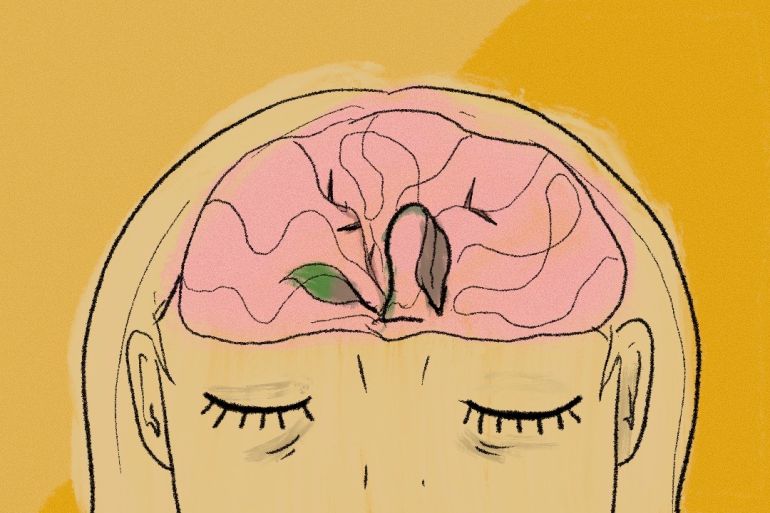
It is midday, and the sun beats onto my bare arms in a large parking lot full of cars. As far as the eye can see there are old cars, new cars, buses and trucks. It smells of rust and saltwater and my heart pounds as I dart my head around looking for a place to hide.
Across the lot, I hear a familiar voice. As my pursuer moves closer, my eyes fall on a rusty RV with mustard yellow curtains and oil stains painting slick rainbows on the sun-baked concrete. The noise continues, growing louder as it closes in on me, and I leap into the camper door and close it behind me as my breath comes out in ragged strips.
Keep reading
list of 4 itemsIn India’s richest state, exam scams kill escape from farm crisis
Displaced 12-year-old boy becomes Gaza’s youngest medic
Why are so many young Americans suffering from mental distress?
A pounding on the side of the RV knocks me over as my attacker bangs and kicks and tries to enter the van. There is no escape for me here, and I gaze out the window over the tops of the cars onto the vast ocean where we are moored. My stomach churns and my heart beats in rhythm with the pounding from the other side of the door.
That is when I wake up.
Hidden treasure
I was in my 20s when I started post-secondary school in Canada studying psychology. I was already a mother and high school dropout, but I wanted more than a lacklustre job in foodservice. When my university programme was finished, I had no idea where my new career would take me, but I found a temporary job in a day programme for developmentally disabled adults that I fell in love with. Although I had planned to stay in this role for only a single summer to keep me employed while my school district job working as a casual educational assistant was on hiatus, I stayed, got promoted and poured my heart and soul into that place for the next five years.
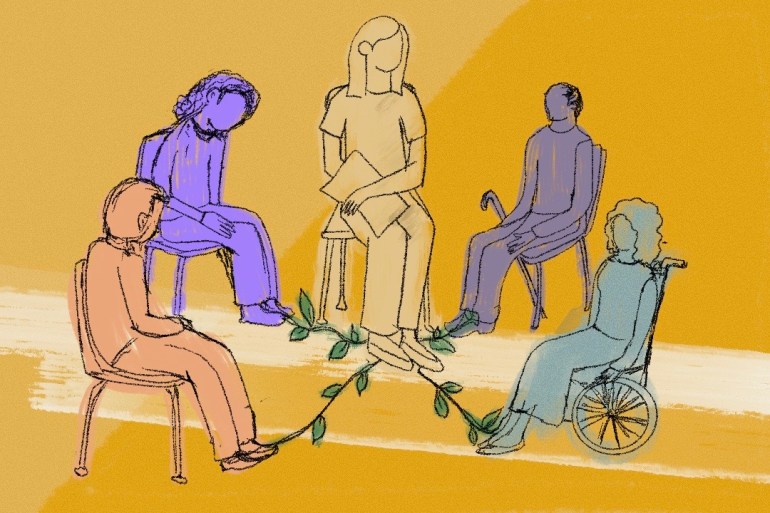
My programme had many clients in it with different backgrounds and personalities. The thing they all had in common was a diagnosis of some form of developmental disability. Specifically, my programme catered to adults who were so impaired mentally, physically and behaviourally that they required consistent one to one support and supervision.
My clients were sweet, complex individuals, and finding a way to connect or form an understanding with them was like discovering a hidden treasure. There was no feeling quite like it.
But it was not all rewards and precious moments. There was violence, and lots of it.
Something close to love
There is nothing they could teach in school that could prepare you for the emotional load of being a professional caregiver. The individuals you serve are multifaceted humans, and as a member of their support team, you build relationships with them and their extended support network. It is like becoming part of a family, and given the unique nature of day to day life for these families you end up in the position of friend, colleague and counsellor.
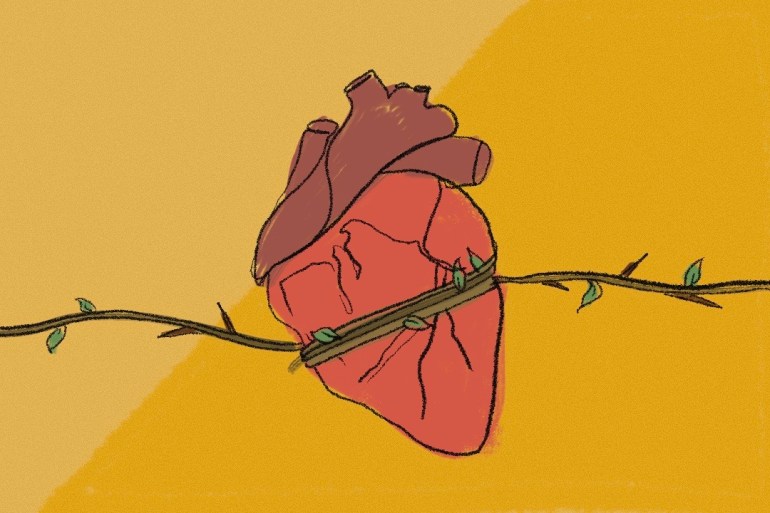
Despite the best intentions of maintaining boundaries it is difficult to care for another human and be so invested in their quality of life without feeling something very close to love. Your emotions become entangled with your job and separating the two is almost impossible.
For me, this emotional load, combined with the stress and hazards of the job, led to caregiver burnout.
According to Terri Bogue, clinical nurse specialist and co-creator of the Extinguish Burnout book and programme, caregiver burnout is “burnout characterised by the feelings of exhaustion, cynicism, and efficacy, it is the feeling that it doesn’t matter what you do you cannot do or impact the things you believe you should be able to. It’s the point of losing hope and feeling like you have no control.” This is a condition that is prevalent in the healthcare professions, and especially rampant among mental health support staff.
I enjoyed my career, and my promotion to management allowed me to work closely with all my clients and their families. I knew my clients well and felt comfortable around them, despite the outbursts and risks. However, the violence I encountered was a consistent background reality of an otherwise rewarding career. It was the shadow side of all the triumphs and little victories. However, the unique physical dangers of the job were not the only source of stress. It was just one aspect of a larger system that seemed destined for failure when it came to care-provider wellbeing.
‘They are afraid of losing their jobs’
According to the World Health Organization in a survey of 104 countries worldwide, women make up about 70 percent of the workforce in healthcare. This is actually true of many of the “helping” professions. Women are also more likely to carry the responsibilities of caregiving in the home, whether it be with dependent children or caring for elderly family members, or both.
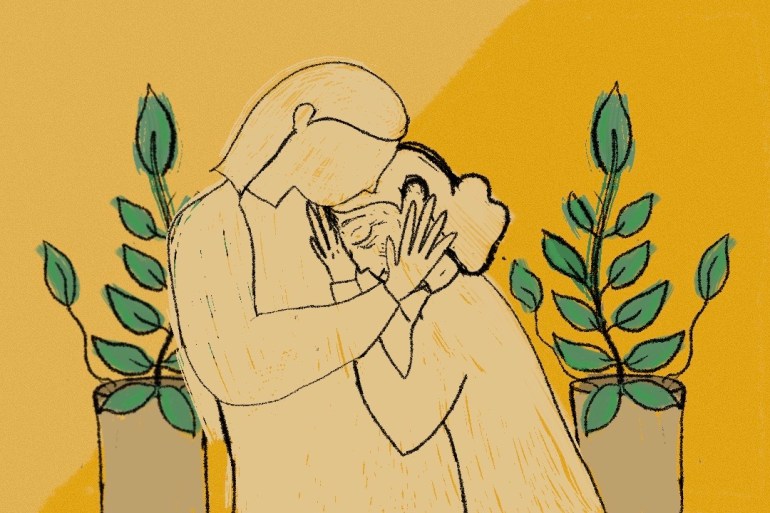
When it comes to front-line workers in personal care and home health service jobs, there also tends to be a high population of minorities filling these roles. However, you begin to see that minorities are very much underrepresented when you get to the top of the chain where the policies are created to protect front-line workers.
I spoke to an Indo-Canadian woman who we will call Alice, as she wanted to remain anonymous in order to protect her job security – she is the provider for both her daughter and her elderly parents. Alice is a registered social worker who is currently employed as a community support worker for a nonprofit organisation. She, too, has experienced the kind of violence that many support workers are familiar with.
“There are several incidents, where I would be attacked and all the NVCI (nonviolent crisis intervention) training could not help me,” she told me. “I have ended up in the ER a few times by violent situations … The doctors would ask me what happened and I would say that I was hurt by an autistic client.”
Alice highlighted the difficulty for low-paid workers who rely on their jobs to advocate for themselves and their safety. “Staff that are new … are usually people of colour. They don’t know about how to apply for WCB (workers compensation board). Most of the time, they get hurt and don’t report it because they are afraid of losing their job,” she said.
As in Alice’s case, they need to be mindful of making waves that might threaten their job security. “These staff members work more than one job and have other barriers, as well. They may be single parents, new immigrants, and have English as a second language.”
Guilt and shame
Although regulations are in place to “protect” caregivers, there simply is not enough support, and those who experience the effects can be at risk of feeling heavy burdens of guilt and shame because of the relationships they have forged with their clients.
Most of the time the policies and regulations created to protect workers feel, in action, like little more than lip-service.
In my own experience, staffing issues were one of the biggest barriers to safety. Being short-staffed would mean that any given worker may have more clients than they can safely manage, new workers would be thrown in without proper training, and in an emergency, there would be fewer hands to help.
According to Alice, “In most cases, there aren’t enough staff around to help you with a violent situation … If there were enough staff around, at least you can get help if the client is having a violent outburst.”
Cumulative stress
However, it is not just the unpredictable nature of dealing with people that is responsible for burnout. As many people in the caregiving professions will tell you, coping with scarce resources and dealing with bureaucracy also takes a toll.
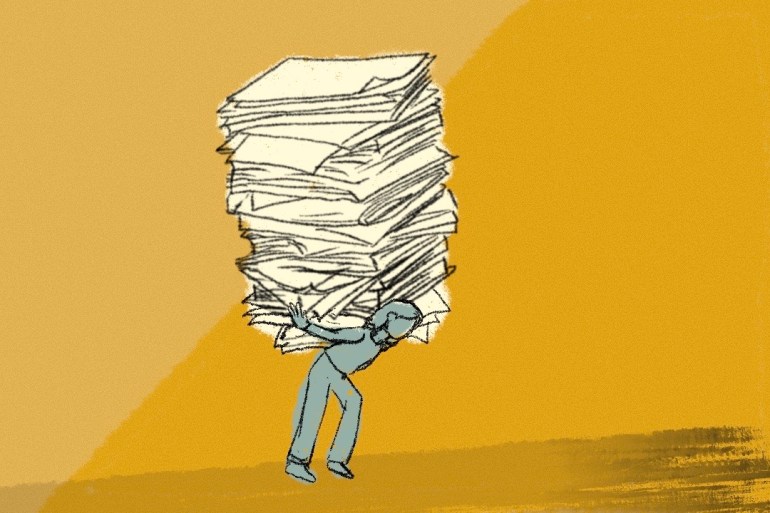
The thing about the helping profession is that you are constantly at the whim of other people. In my own experience, government funding, the wishes of families, and demands from my superiors often took precedence over the wellbeing of the clients and certainly the safety of the staff.
Ultimately, providing care is work with people, and despite all the plans and safeguards created to prioritise safety, people are unpredictable. And no amount of training or experience makes your response to a person in crisis any less unpredictable either.
The reality is that in this type of work there are very real physical and emotional dangers that are not discussed due to confidentiality, fear of further stigmatising a marginalised group, and the spectre of job loss. But the day to day stress of being victimised by and a witness to violence starts to become traumatic on a personal level.
Although most of the violence I experienced was brief and based on proximity, like hitting or punching, occasionally it was worse. When I was pregnant with my second child I was choked until I saw spots. I additionally carried the load of trying to keep my staff safe while wading through bureaucracy and limited resources. I became irritable and cranky and felt like I had nothing left when I went home to my family. The compassion that I so valued as a deep and unchangeable part of myself felt as if it was drying up.
I returned from maternity leave and found myself worn thin with the demands of the job. Always needing to wear so many hats and put out so many fires on top of the emotional load was starting to take a toll on me. Where I once was full of compassion and looking to find new and unique ways to connect and bring out the best in my clients, I was now feeling overwhelmed and retreating to more of the administrative tasks. However, I still had the instinct to jump into the fray when things got hairy. On one occasion during my third pregnancy, I stepped in as I always did, confident that my long-term familiarity with this individual would protect me. It did not. I left work that day with one finger sprained and something deep inside me fundamentally broken.
This was certainly not the worst I had experienced but this was the one that changed me. My therapist called it trauma from cumulative stress. I would sit in her waiting room looking out the window and recalling my nightmares. In them, I was stalked, a detail that was thrown in by my slumbering anxiety.
The cost to the industry
There is a very human cost to caregiver burnout, one that can take its toll on the person experiencing it, and on the system as a whole.
According to Terri Bogue, “the cost of caregiving burnout to the caregiving industry is an increase in voluntary turnover or people choosing to leave the industry. The other side of the cost is the cost of poorer outcomes for the care receivers or patients. Those suffering from caregiver burnout are unable to provide the same level of care that they could when they were not burned out.”
Bogue argues that the caregiving industry could benefit from acknowledging just how difficult these tasks are. “If you develop a culture where the leadership and staff support one another and can be honest about their feelings and needs, you reduce the need for someone experiencing burnout to try to hide it from the rest of the team.”
I had heard of caregiver burnout and had seen it in my staff, but was completely unprepared for what a layered and multi-dimensional emotional experience it was. I felt guilty for being injured, guilty for being off work, and wanted to hide just how deeply I was affected from the client’s family, who I adored.
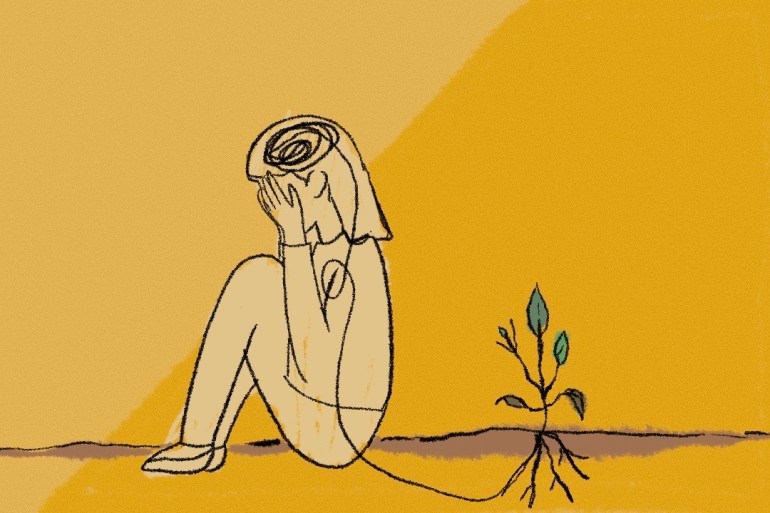
I felt lost and broken inside. I had identified so much with my career and now in just a short few years it had chewed me up and spit me out. My empathy and caring were qualities that I had always seen as core parts of my personality, and yet now I struggle to connect with that part of myself. It feels like a fundamental part of who I was was stolen from me by the career that I chose. A career that I want no more part of, leaving my future an uncertain blank slate.
There is a saying that you do not have to set yourself on fire to keep others warm. But in the helping fields, that is exactly what you do. You burn the candle at both ends, one to light the way for others and one to keep them warm. Eventually, you run out of air and burn out. And that is what happened to me, and what is happening to so many others.
A hidden world of traumatised workers
When the novel coronavirus pandemic took hold in early 2020, my first thoughts were of supported individuals and their care workers. I’m very familiar with the challenge that comes with trying to keep consistency in the environment of clients who may act out if uncertainty makes them feel unsafe or confused. The toll that cancelled programmes, regulations, and severe disruptions in routine must be taking on everybody is likely keenly felt across the board.
One recurring issue when I worked in management was that when a trusted caregiver needed to call in sick there was often a ripple effect that affected staff safety. If a casual staff worker who was unfamiliar with the programme or the supported individuals didn’t implement the care plans correctly, clients were left feeling uneasy which would often lead to behavioural outbursts. With this pandemic and its associated regulations regarding calling in sick and quarantine time, I imagine supported individuals and staff are both left feeling extra vulnerable.
This hidden world of traumatised workers is a collection of lives that have been changed, and unlike other afflictions that affect mental wellbeing, we still are not really allowed to talk about it, or acknowledge the toll it really takes.
They say the average person changes careers five to seven times in their life. I will welcome it. I only hope that I can take my degree and experience and the ashes of my burnt-out candle to something that requires less of me. But regardless of what the future holds there is always going to be some part of me ducking behind cars. I left a part of me I valued at my job the last time I experienced workplace violence. It is in the dart of my eyes when I am blocked into a corner and in the ice in my veins when I hear someone escalating. Despite how I earn my money or spend my days, a piece of me continues to hide on that nightmare deck, haunted by experience and poor career choices, dampened by the lack of air and the scent of salt. I only hope my fire will spark again.
The views expressed in this article are the author’s own and do not necessarily reflect Al Jazeera’s editorial stance.
